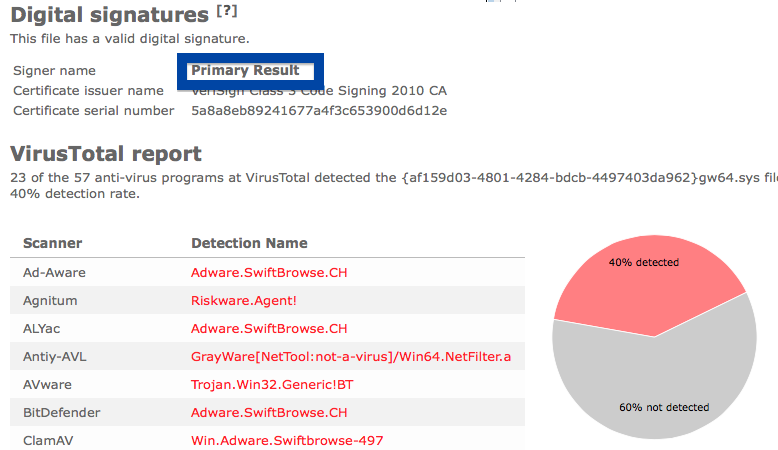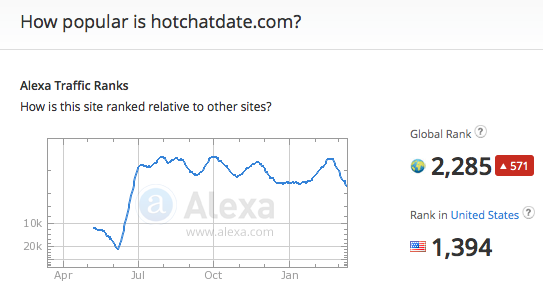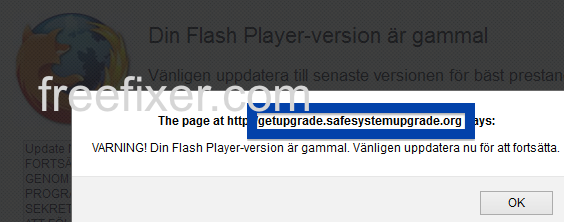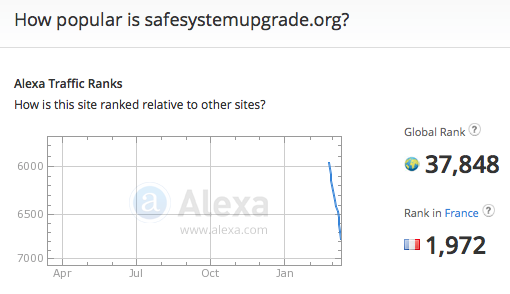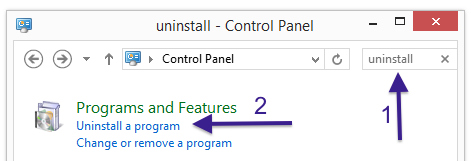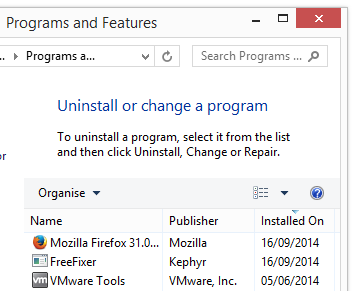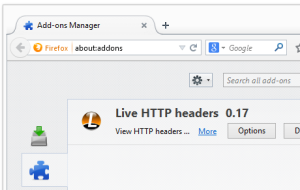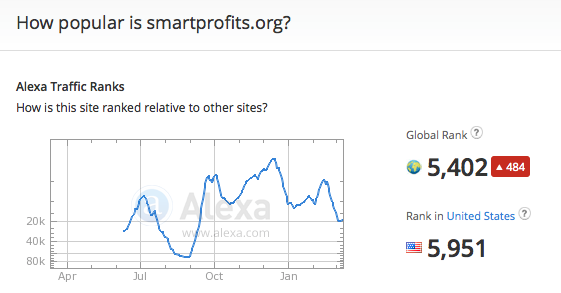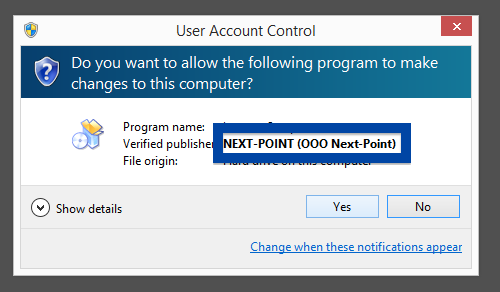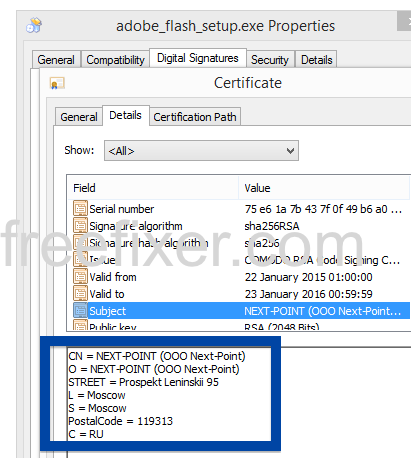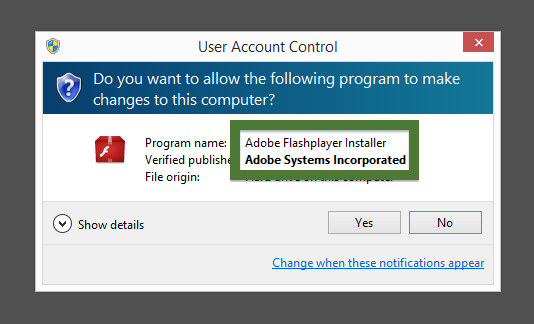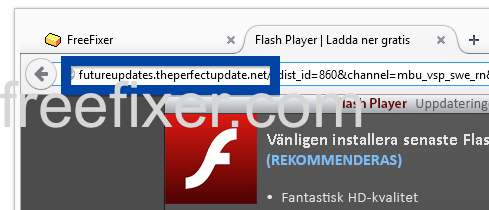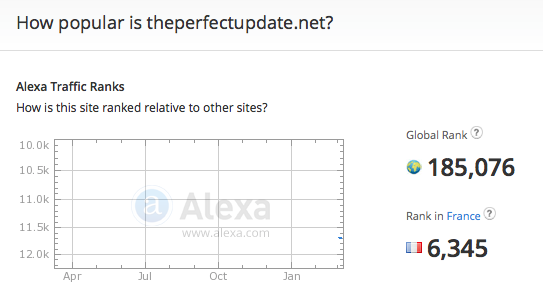This page shows how to remove lightbox.linkbolic.com from Mozilla Firefox, Google Chrome and Internet Explorer.
Did you just interrupt your work because you noticed lightbox.linkbolic.com in your browser’s status bar? You are not alone. I also got the lightbox.linkbolic.com status bar message while browsing. Please read on…
Here is a screenshot on lightbox.linkbolic.com from my system:
The following are some of the status bar notifications you may see in your browser’s status bar:
- Waiting for lightbox.linkbolic.com…
- Transferring data from lightbox.linkbolic.com…
- Looking up lightbox.linkbolic.com…
- Read lightbox.linkbolic.com
- Connected to lightbox.linkbolic.com…
If this sounds like what you are seeing on your computer, you presumably have some potentially unwanted program installed on your machine that makes the lightbox.linkbolic.com domain appear in your browser. Contacting the owner for the site you were at would be a waste of time. The lightbox.linkbolic.com status bar messages are not coming from them. I’ll try help you with the lightbox.linkbolic.com removal in this blog post.
Those that have been following this blog already know this, but here we go: Some time ago I dedicated a few of my lab systems and deliberately installed a few potentially unwanted programs on them. I have been monitoring the actions on these systems to see what kinds of ads that are displayed. I’m also looking on other interesting things such as if the potentially unwanted program updates itself, or if it downloads additional potentially unwanted programs on the computers. I first noticed the lightbox.linkbolic.com in Mozilla Firefox’s statusbar on one of these lab computers.
lightbox.linkbolic.com was created on 2014-05-15. linkbolic.com resolves to the 46.105.156.71 IP address and lightbox.linkbolic.com to 72.21.91.50.
I also found the cjs.linkbolic.com in use and it resolves to 93.184.220.50.
Update 2015-06-11: I’ve also seen ctx.linkbolic.com (93.184.220.5) in use.
So, how do you remove lightbox.linkbolic.com from your web browser? On the machine where lightbox.linkbolic.com showed up in the statusbar I had TornTV installed. I removed it with FreeFixer and that stopped the browser from loading data from lightbox.linkbolic.com.
The issue with status bar messages like this one is that it can be caused by many variants of potentially unwanted programs, not just the potentially unwanted program that’s installed on my computer. This makes it impossible to say exactly what you need to remove to stop the status bar messages.
So, what can be done to solve the problem? To remove lightbox.linkbolic.com you need to examine your computer for potentially unwanted programs and uninstall them. Here’s my suggested removal procedure:
- Review what programs you have installed in the Add/Remove programs dialog in the Windows Control Panel. Do you see anything that you don’t remember installing or that was recently installed?
- You can also review the browser add-ons. Same thing here, do you see something that you don’t remember installing?
- If that does not help, you can give FreeFixer a try. FreeFixer is built to assist users when manually tracking down potentially unwanted programs. It is a freeware utility that I’ve been working since 2006 and it scans your machine at lots of locations where unwanted software is known to hook into your computer. If you would like to get additional details about a file in FreeFixer’s scan result, you can just click the More Info link for that file and a web page with a VirusTotal report will open up, which can be very useful to determine if the file is safe or malware:

An example of FreeFixer’s “More Info” links. Click for full size.
Did this blog post help you to remove lightbox.linkbolic.com? Please let me know or how I can improve this blog post.
Thank you!

